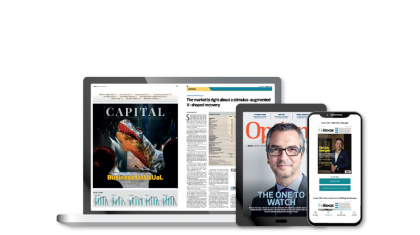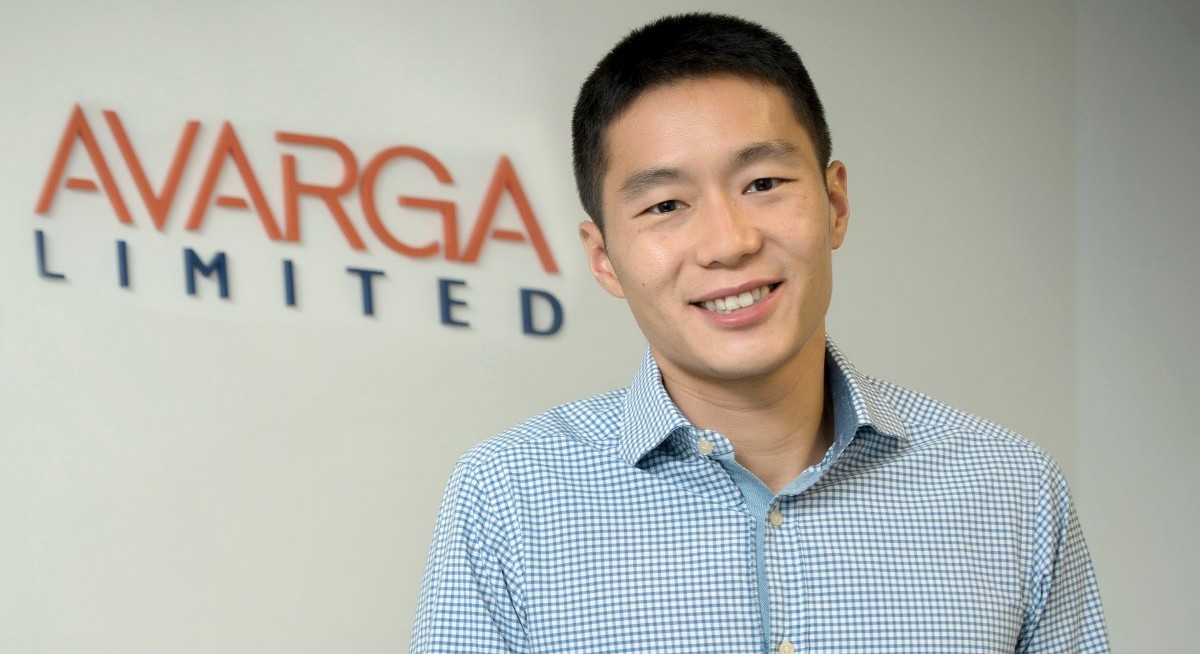SEE: A market worth your time and participation
“Critically, we also centralise resources at the group level, which means a more efficient use of capital and therefore a better return to shareholders,” he explains. Avarga’s executive chairman is Tong Kooi Ong, who is also chairman of The Edge Media Group, the parent company of the publisher of The Edge Singapore. Ian is also an executive director of The Edge Media Group.
SEE: Well-placed to play central role in building sustainable financial future for Asia
Exploring opportunities Avarga was in the news in August, after a sudden spike in its share price, triggering a query from the exchange. As the company responded back then, it was “exploring opportunities” for its paper manufacturing business, which include the expansion and, or a potential listing of this business. It was also considering “a possible transaction which will allow it to monetise its investment in the power plant located in Myanmar.” Last but not least, Taiga had just reported strong earnings growth following strong demand for its products. In addition, Ian told The Edge Singapore then that the paper production business, which focuses on packaging cardboard, was seeing strong demand because of growth in online commerce, and that the potential listing — if and when it happens — is meant to raise funds to boost production capacity so as to capture this growth trend seen to sustain over quite some time. At this more recent interview, Ian says the demand for paper packaging remains strong, and that the company is still “exploring various opportunities related to the paper business and will certainly provide updates when appropriate”. As for Taiga, it did not entirely foresee a jump in lumber prices as there was a congruence of two factors: sawmills cut back production just as the pandemic spread. On the other hand, homeowners took the downtime because of lockdown measures to redo or renovate their houses, driving up demand, thereby, prices. The anomaly caused by external factors aside, Ian expects Taiga’s business to continue growing at a steady rate that it had already achieved before this year. “There will always be macro-cyclical dynamics in our industry, but there are a lot of initiatives within our control to continue driving gains — strategic integrations, technological adoption for better inventory and distribution management, improving product lines and mix, and so on — just to name a few,” he explains. “Lumber prices presented a short-term catalyst this year and we were in a strong position to capitalise on it. However, it is certainly not something we rely on to drive performance,” he says. “Our profitability does not come from the futures market. Taiga’s business model is to generate earnings by playing a critical role in the housing supply chain, and our focus is on being the most efficient distributor and manufacturer across a wide range of building materials,” he adds. Since Ian took over as Avarga’s CEO early this year, he has introduced ways to make the company even more shareholder-friendly. For instance, the company introduced a new dividend policy in June where it would pay out quarterly dividends, which is rare among Singapore-listed entities that are not REITs. Just to put this practice into context, DBS Group Holdings is the only notable big cap other than the REITs to pay quarterly. Asked about his plans for the next year and thereafter, Ian says Avarga’s plans for 2021 is pretty much the same for the next five years, which is to enable initiatives “to optimise return on equity, increase asset base, and generate better efficiencies in our ongoing business operations”. “That said, if Covid-19 has taught us anything, it is to always be prepared for the unexpected. However well we plan and prepare, it is all about ability and execution. In other words, it is about the people in our organization. Our combined efforts led to us winning this award, and we look forward to accomplishing greater heights next year,” he says.








_0_0_1.jpeg)
_0_0_0.jpeg)
_0_0.jpeg)